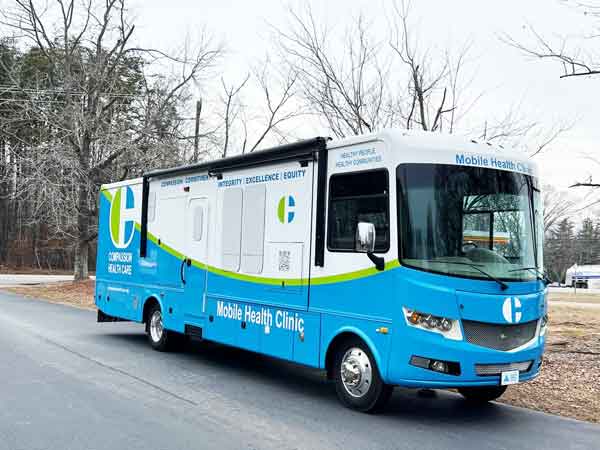National Stroke Awareness Month
May is National Stroke Awareness Month.
So, what causes a stroke?
The brain needs constant blood supply, just like the rest of your body. When this blood supply to the brain is reduced or fails, it keeps the brain tissue from receiving necessary oxygen. Brain cells can die from this. A stroke can happen to anyone at any time. When this happens, the person affected will experience loss of control in the area affected.
Stroke awareness by the numbers
According to the National Stroke Association, more than 2/3 of survivors of a stroke will have some type of disability.
- Every 4 minutes, someone dies from a stroke.
- Stroke is the 5th leading cause of death in the U.S.
- Each year, close to 80,000 people experiences a new or recurrent stroke.
- A stroke happens every 40 seconds.
- Up to 80% of strokes can be prevented.
- Stroke is the leading cause of adult disability in the U.S.
Types of strokes
An ischemic stroke happens when a person experiences a blood clot that blocks blood from flowing to a person’s brain. Atherosclerosis or “arteriosclerosis” is quite often the culprit in this case. It’s a narrowing of the arteries that is caused by plaque buildup. These arteries are essential in carrying oxygen and nutrients from your heart to the rest of the body. This is very similar to a heart attack because of the blockage of blood flow. The blood clot, in this case, will not subside without proper treatment.
A transient ischemic attack, or a “ministroke”, is a temporary blockage of blood flow to a person’s brain. The symptoms for a TIA last for a short period of time, typically within 24 hours. The TIA does not cause permanent disability. However, if you experience a ministroke, you should speak to your primary care provider immediately or get immediate emergency attention.
A hemorrhagic stroke happens during the rupture of a blood vessel in the brain. This rupture causes spillage of the blood into surrounding tissues. The hemorrhagic stroke has 3 main types associated with it:
- An aneurysm happens after the weakening of an artery’s wall causing an abnormal bulge which can cause internal bleeding if ruptured.
- An arteriovenous malformation involves blood vessels that are abnormally formed. This malformation, if ruptured, can cause a hemorrhagic stroke.
- High blood pressure is known to cause the small blood vessels to weaken in the brain which can result in bleeding.
What are the symptoms of a stroke?
There are a few symptoms that you can recognize as a stroke, but because there are different types of strokes, you should seek out medical attention right away to find out for sure. To help you identify the warning signs of a stroke, the National Stroke Association has recommended the “FAST” method.
- Face: Does one side of you or another person’s face droop?
- Arms: Raise your arms. Does one of your arms seem to
Is there a treatment for stroke?
In the event of a stroke, call 911 immediately. The sooner you’re able to make that call, the better as it may help reduce the effects of long-term harm and improve your recovery outcomes. There are treatments for stroke, but it depends on the type of stroke you experience. There is drug treatment for a stroke that is ischemic or caused by a blood clot. Talk to your primary care provider about this.
Do you know your stroke risks?
The National Institute of Neurological Disorders and Stroke has a scoring table you can find HERE to find out how at-risk you may be for a stroke within the next 10 years.
Remember to visit your primary care provider regularly, not just during stroke awareness month. Call CFMC today at 336-694-9331 to schedule your appointment.


